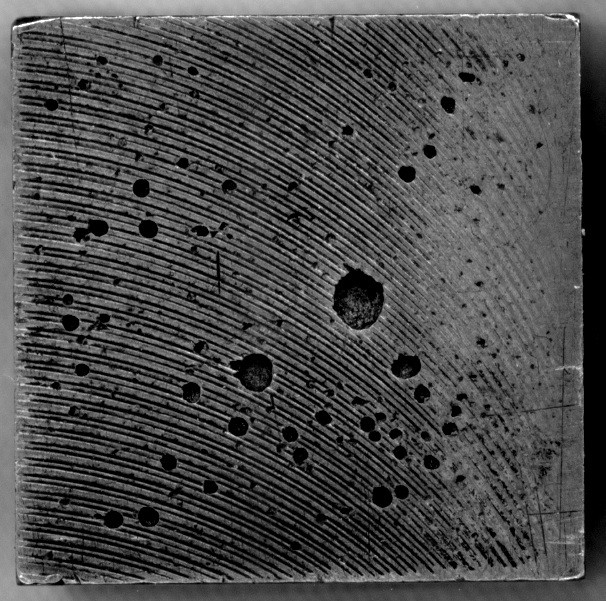Aiguatinta
Fue uno de los métodos contemporáneos utilizados para producir impresiones en color. Con esta técnica se pudo lograr gradaciones de tonos mediante la creación de diferentes profundidades grabadas con ácido. La aguatinta puede imprimirse en uno o más colores y luego teñirse manualmente. Fue un proceso laborioso y costoso.
Àrea:
Àmbit:
Subàmbit:
Conceptes relacionats:
Observacions:
Es un método indirecto de grabado.
Referència:
Dickinson, S. (com.). From Aquatint to Photogravure. Architectural Illustration in the 19th Century. (Exposición celebrada en Trinity College, Hartford, Connecticut, del 15-01-2007 al 06-09-2008). Hartford, Connecticut: Trinity College, The Watkinson Libray, 2007.
Fitxer:
Text:
Aquatint was one of the contemporary methods used for producing color prints, the other method being lithography. The process, which became common in the 1770’s, could achieve gradations of tone through the creation of a grain of varying depths etched by acid. Aquatints could be printed in one or more colors and then tinted by hand. It was a labor-intensive and, therefore, expensive process. If a run of 1,000 copies of a book with 100 illustrations were to be undertaken (resulting in 100,000 printed im- ages), the artist would color a prototype which was then copied by numerous colorists. The term ‘aquatint’ refers to the method’s ability to imitate a watercolor wash.
